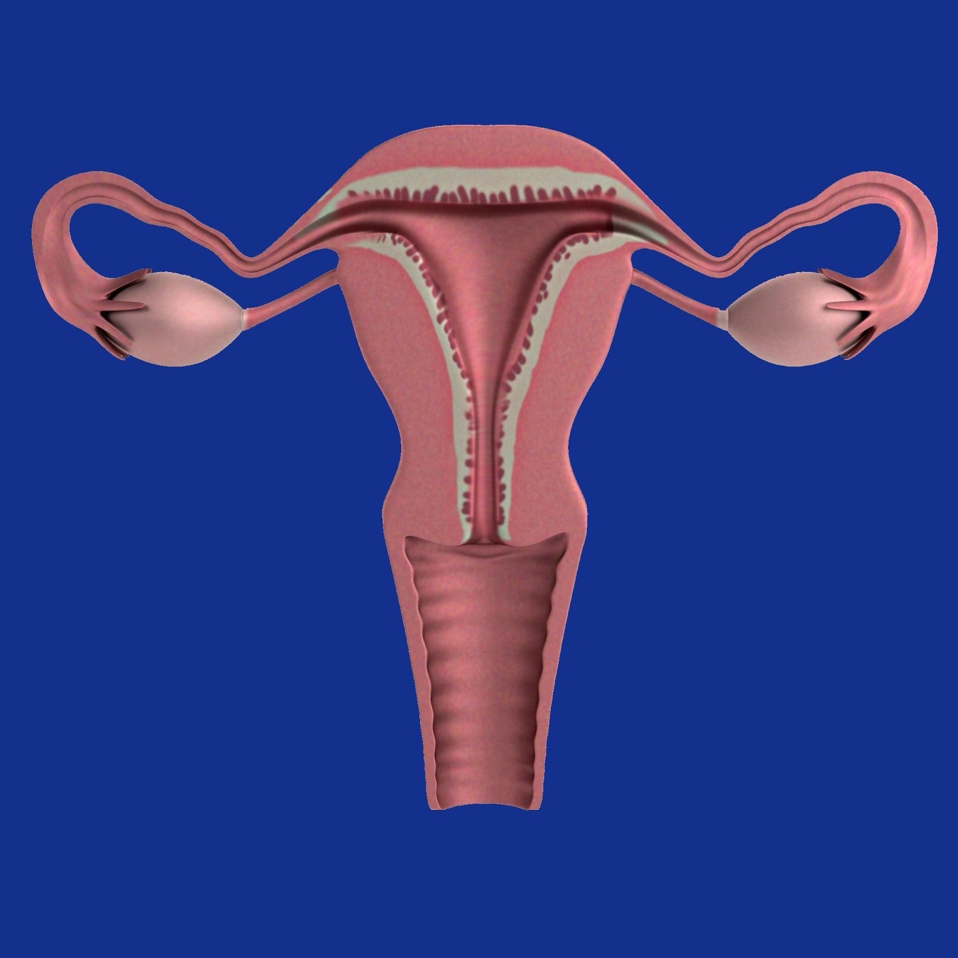The uterus is an organ of the female reproductive system. The shape of the uterus is like an upside-down pear, and it is placed inside the pelvis. A hammock of muscles and pubic bone supports the bladder, uterus, and bowel. Connective tissue and ligaments also hold the uterus and pelvic organs in their right place. If you have weak and damaged muscles or connective tissues, the uterus can begin to drop into the vagina. This is known as a prolapsed uterus.
The primary reason for a prolapsed uterus is obesity, vaginal childbirth, unhygienic straining on the toilet, severe coughing, and hormonal changes after menopause. Thus, hormonal changes can damage the support structures of the pelvic organ. Initial treatment must contain the pelvic floor with muscle strengthening exercises, under the guidance of a trained pelvic floor physiotherapist.
When you have a prolapsed uterus, doctors can insert a pessary to support the uterus and diminish the symptoms. When a pessary is in place, the pelvic floor exercises will still be helpful.
In some scenarios, the uterus can stick out from the vaginal opening. Sometimes complications can cause ulceration of uncovered tissue and prolapse of other pelvic organs, such as the rectum or the bladder.
Symptoms of Prolapsed Uterus
You can learn about a prolapsed uterus if you experience any of the symptoms. Indeed, it is significant to learn about the symptoms so that you can cure and treat a prolapse uterus. The symptoms differ depending on the severity of the prolapsed uterus. Following are the typical symptoms you know about;
- Pelvic heaviness or pulling
- An increase in vaginal discharge or vaginal bleeding.
- Difficulty with sexual intercourse
- Urinary leakage, bladder or retention infections
- Challenges with bowel movement like constipation
- Continuous pain in the lower back
- Uterine protrusion from the vaginal opening
- Feelings that something is falling out of the vagina
- Weak vaginal tissue
Although these symptoms will not occur in mild cases, they can become worse if they appear repeatedly.
Causes of Prolapsed Uterus
A prolapsed uterus occurs when ligaments stretch and pelvic floor muscles stop supporting the uterus. Other than Pelvic floor muscles and ligaments stretching, the following are the causes of the prolapsed uterus;
- Pregnancy
- Factors related to delivery like delivering a large baby, trauma, or having a vaginal delivery
- When you get old and especially after menopause because of the level of circulating estrogen drops
- Lifting heavy weight regularly
- Injury during bowel movements
- Chronic coughing
- A history of pelvic surgery
- Genetics, which can lead to weak connective tissues.
Treatments for Uterine Prolapse
Treatments of a prolapsed uterus include both surgical and non-surgical options. Doctors and experts will recommend any one of them, and it depends on your general health and the conditions for a future pregnancy plan.
Strengthen your muscles with kegel exercises because it can help you with a prolapsed uterus. A pessary is an elastic or rigid device, and you can insert it into the vagina to support your uterus. Surgery aims to block the uterus from falling. This can be achieved using the body’s tissue, or an implanted mesh. A total hysterectomy may be performed to remove the uterus too.

(Source)
Pelvic Floor Exercises
Pelvic floor exercises have multiple benefits for your body, and one of them is to prevent you from a prolapsed uterus. However, pelvic exercises require you to work on your pelvic muscles; thus, it is essential that you do it correctly. To make it simple for beginners of pelvic workouts, there are many things you must keep in mind. However, it would be better to seek professional advice if you have a prolapsed uterus, and you would need to:
- I Identify the muscles of your vagina, urethra, and anus.
- Insert a finger into the vagina and try to press them.
- Imagine yourself passing urine and try to stop the flow.
- Compress the muscles inside the anus as if you are attempting to stop yourself from breaking wind.
- Seek advice to do the exercise properly.
Vaginal Pessary
Vaginal pessary is a flexible device which you can fit inside your vagina to support the uterus. It comes in different shapes and sizes. Before using a vaginal pessary, you should consult with professionals and buy one that fits you perfectly. These are very helpful for reducing the symptoms of a prolapsed uterus. If used along with pelvic floor exercises, you might not need any further treatment.


[…] Uterine prolapse occurs in the following situations: […]